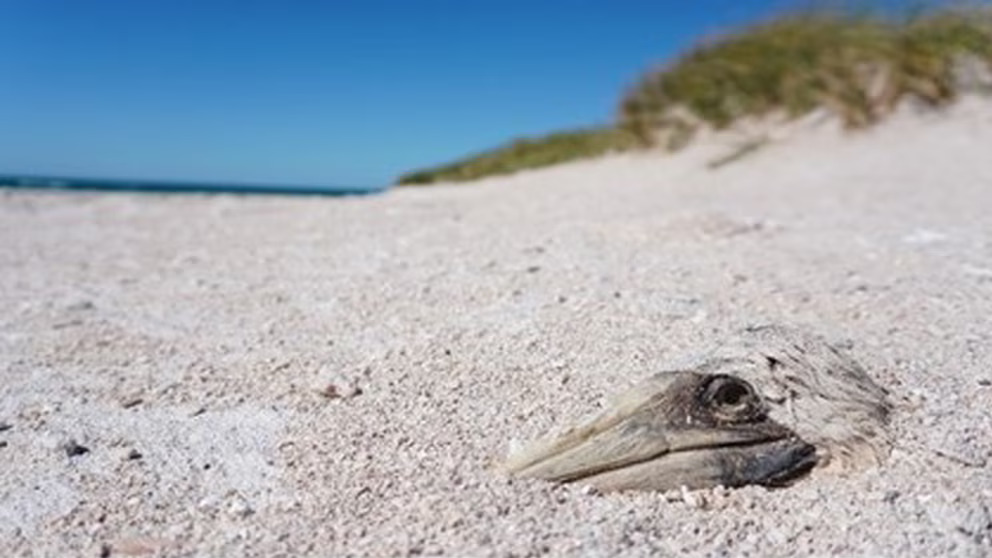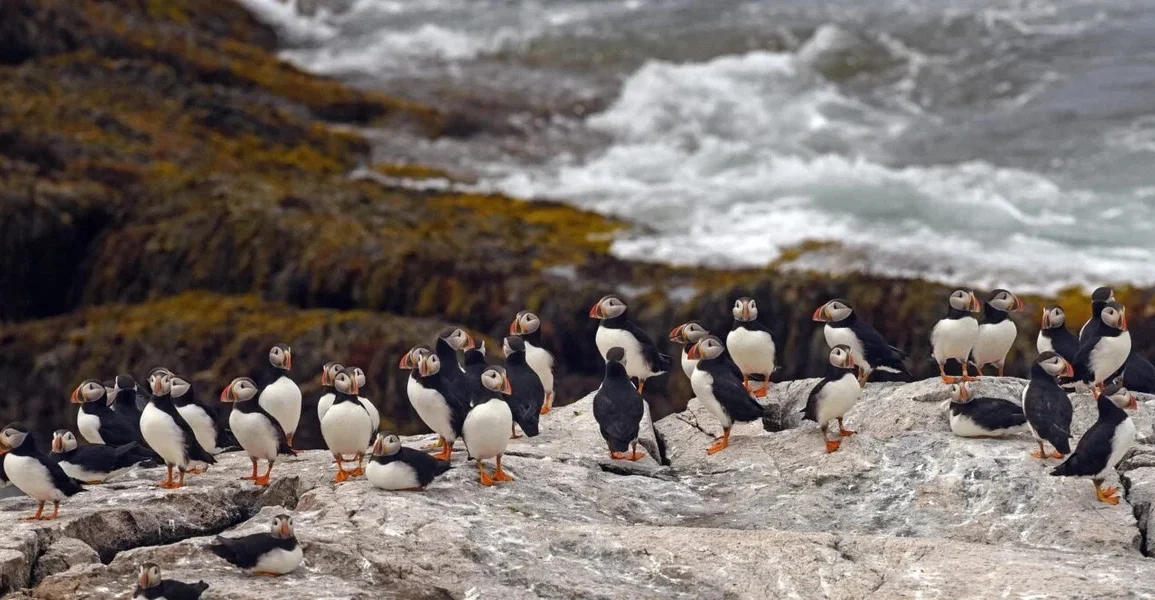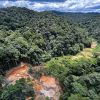As climate change drives dramatic weather events and rising temperatures, fragile wildlife, particularly seabird populations, are suffering catastrophic impacts, according to a new study.
The research, published in the journal Communications Earth & Environment in June, highlights the severe risks posed to seabirds by the increasing frequency of tropical storms fueled by climate change. Seabirds such as the brown booby, lesser frigatebird, and masked booby are especially vulnerable to these changes, with devastating consequences for their populations.
The study specifically examined the effects of Cyclone Isla, a Category 5 tropical cyclone that hit Bedout Island in Western Australia in April 2023. The storm caused a dramatic collapse in seabird populations on the island, with an estimated 80-90% reduction and at least 20,000 birds killed.
This catastrophic event underscores the difficulty these seabirds face in adapting to rapid environmental changes, unlike humans who can adjust more readily.

One of the significant findings of the study is that seabirds struggle to adapt quickly to new conditions due to their centuries-old breeding patterns. This slow adaptation process means their populations cannot recover between frequent severe storms.
Jennifer Lavers, the lead author of the study, highlighted the enormity of the loss, noting that recovery from such events is slow and often hindered by subsequent storms, making it hard for the seabirds to rebuild their numbers.
The decline in seabird populations has broader ecological implications. The researchers pointed out that seabirds play a crucial role in their ecosystems by transporting nutrients from the sea to land.
Their loss could lead to significant changes in island habitats and species complexes, disrupting the balance of these environments. The frequent and severe storms driven by climate change are thus not only a direct threat to the seabirds but also to the health of the entire ecosystems they support.
To mitigate these impacts, the study calls for careful monitoring of seabird populations to better understand their recovery processes and adaptation strategies.
Additionally, individuals can contribute to protecting these birds by reducing their carbon footprint, such as by minimizing food and clothing waste or switching to electric vehicles. Such actions can help lower the overall warming of the climate, potentially reducing the frequency and intensity of the storms that threaten seabird populations.

